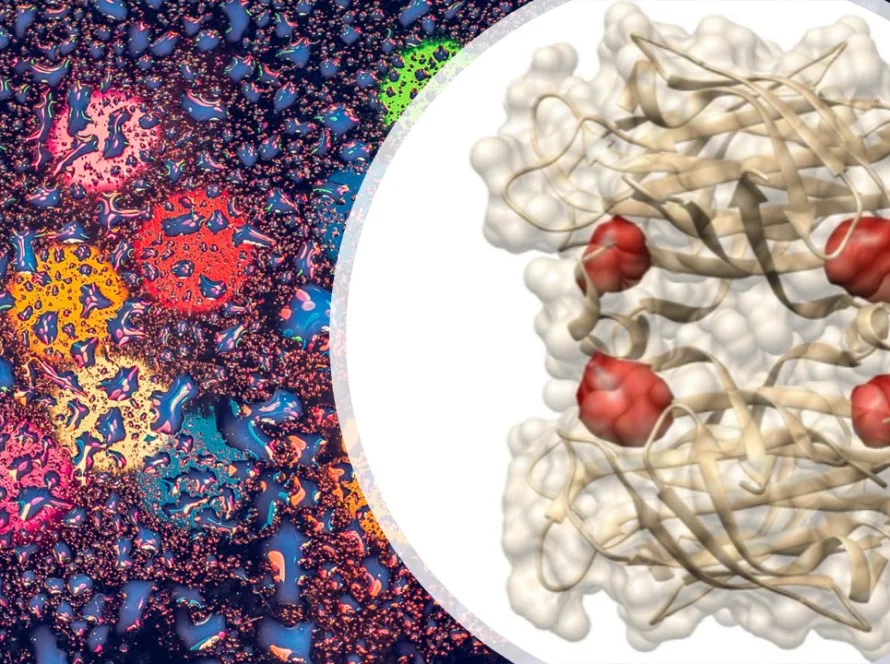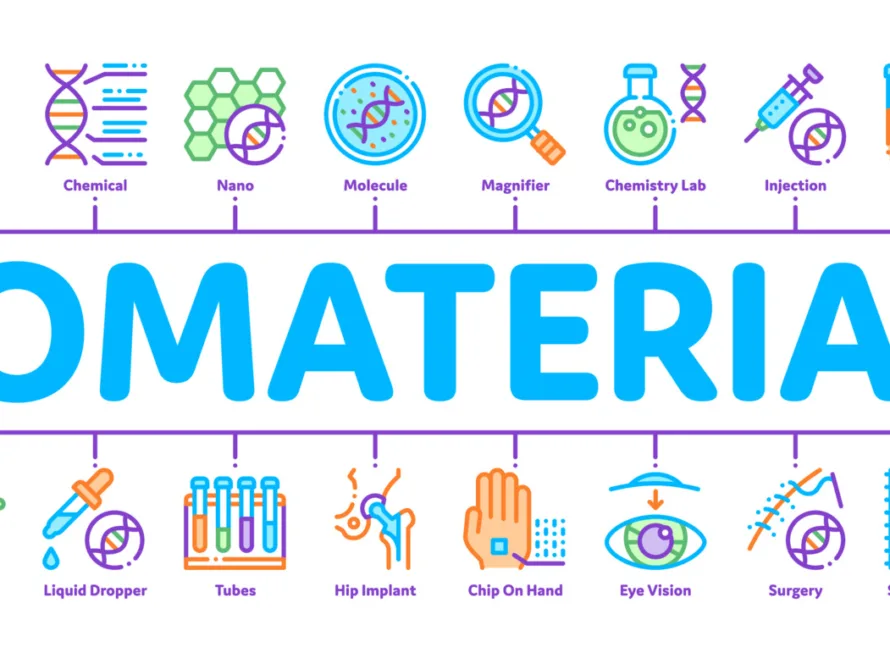High-grade serous ovarian cancer (HGSOC) is the most aggressive form of ovarian cancer, with a low five-year survival rate. To address this urgent need for new treatment options, researchers have turned to syngeneic mouse models as a game-changer in HGSOC research. These syngeneic models, derived from the same strain of mouse, provide a unique advantage by circumventing immune system rejection. This allows scientists to study the intricate relationship between tumors and the immune system without interference.But syngeneic models offer even more. A recent study revealed a surprising diversity within these models, mirroring the variations seen in human HGSOC. This includes differences in tumor growth, spread (metastasis), and response to treatment. This highlights the complexity of the disease and the power of these models to unravel its mysteries.
However, choosing the right syngeneic model is crucial. Researchers need to consider factors like the origin of the cancer cells (ovarian surface, fallopian tube, etc.), how the model was created, the tumor’s characteristics, and the mouse’s immune system function. Each of these elements can significantly impact the model’s behavior and response to therapy.
While syngeneic models are invaluable, a complete understanding of HGSOC requires a broader approach. Studying the tumor microenvironment – the ecosystem surrounding the tumor – within these models can provide insights into how cancer progresses and responds to treatment. Additionally, combining syngeneic models with other techniques, like transplanting human tumors into mice (patient-derived xenografts) and studying cancer cells in a controlled environment (in vitro studies), offers a more comprehensive picture of the disease.
A comparative analysis of several representative syngeneic mouse models of HGSOC reveals their unique strengths and limitations:
| Model | Cell Type of Origin | Method of Transformation | Tumor Characteristics | Immune System | Therapeutic Relevance |
| ID8 | Ovarian surface epithelial cells | Transfection with Kras and p53 shRNA | Aggressive, ascites formation, mimics the epithelial-to-mesenchymal transition | Immunocompetent | Responsive to paclitaxel and doxorubicin |
| EOC1 | Ovarian surface epithelial cells | Transfection with Kras, p53 shRNA, and HRAS | Ascites formation, mimics the epithelial-to-mesenchymal transition | Immunocompetent | Responsive to platinum-based chemotherapy |
| COV362 | Ovarian surface epithelial cells | Spontaneous transformation | Ascites formation, mimics epithelial-to-mesenchymal transition | Immunocompetent | Responsive to PARP inhibitors |
| SKOV3 | Ovarian surface epithelial cells | Transfection with Kras and p53 shRNA | Ascites formation, mimics epithelial-to-mesenchymal transition | Immunodeficient | Used for xenograft studies |
Key Considerations for Comparative Analysis
Several things need to be taken into account when comparing syngeneic mouse models of HGSOC:
- Cell type of origin: ovarian surface epithelial cells, fallopian tube epithelial cells, and mesothelial cells are among the cell types from which HGSOC models can be derived. The selection of the origin cell type can affect the growth characteristics, tumour phenotype, and therapeutic response.
- Transformation technique: There are several ways to transform HGSOC models, such as xenotransplanting human tumours, genetic engineering, and viral transduction. The transformation process may have an impact on the tumour’s genetic composition and degree of resemblance to human HGSOC..
- Tumour characteristics: Growth rate, potential for metastasis, formation of ascites, and histological features are important characteristics of tumours to take into account. These traits may affect the model’s suitability for examining particular facets of HGSOC biology.
- Immune system: The host mouse’s immune state can affect how the tumour grows and reacts to treatment. While immunodeficient models offer a clear backdrop for assessing the intrinsic characteristics of tumour cells, immunocompetent models enable the investigation of tumor-immune interactions.
- Therapeutic relevance: A syngeneic mouse model’s capacity to accurately replicate human HGSOC concerning drug sensitivity and resistance is essential for assessing the effectiveness of novel therapeutic approaches.
Researchers can further improve the application of syngeneic mouse models to enhance the creation of successful treatments for HGSOC by addressing these future directions.
A growing number of syngeneic mouse models of HGSOC have been created recently, each with special benefits and traits. To choose the best model for a given set of research goals, a thorough comparison of these models is necessary.
Conclusion
For the study of HGSOC, synthetic mouse models are an invaluable resource. Nonetheless, it’s critical to acknowledge the diversity of these models and choose the best model for each experimental question. The results of this investigation offer a thorough examination of syngeneic mouse models of HGSOC and can direct further studies in this field.The future advancement for HGSOC research lies in collaboration through maximizing syngeneic model potential alongside diverse research methods – unlocking secrets crucial for effective therapies against this devastating disease faced by women.
Reference:
- Sun, T., Zhang, Z., Tian, L., Zheng, Y., Wu, L., Guo, Y., … Yang, G. (2023). Dualistic classification of high grade serous ovarian carcinoma has its root in spatial heterogeneity. Journal of Advanced Research, 48, 213–225. doi:10.1016/j.jare.2022.08.014. https://www.sciencedirect.com/science/article/pii/S2090123222001953#:~:text=High%20grade%20serous%20ovarian%20carcinoma%20(HGSOC)%20is%20a%20disease%20with,gynecologic%20cancer%20deaths%20%5B1%5D.
- Cook, D. P., Galpin, K. J. C., Rodriguez, G. M., Shakfa, N., Wilson-Sanchez, J., Echaibi, M., … Vanderhyden, B. C. (2023). Comparative analysis of syngeneic mouse models of high-grade serous ovarian cancer. Communications Biology, 6(1), 1152. doi:10.1038/s42003-023-05529-z. https://www.nature.com/articles/s42003-023-05529-z




